Thank goodness for leaves! How would we learn our multiplication tables without them.
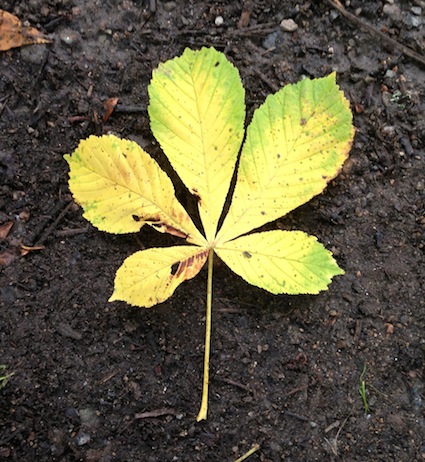
“Hmm.” I hear you say. “I managed just fine, thank you very much.”
Maybe so, but let’s face it. There’s a lot of rote learning to be done. We need to find different ways of helping children learn their tables and have fun whilst doing so. The added bonus of using leaves is that you can appreciate the beauty of the structure and learn which one is which in the process.
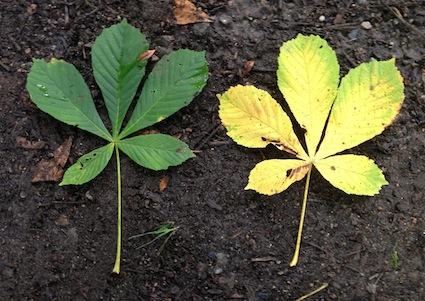
It’s compound leaves that seem to work best. These are ones like a horse chestnut leaf. These have lovely “hand-shaped” leaves each with 5 leaflets – a natural group of 5. So 1 leaf has 5 leaflets, 2 leaves have 10 leaflets, 3 leaves have 15 leaflets, etc.
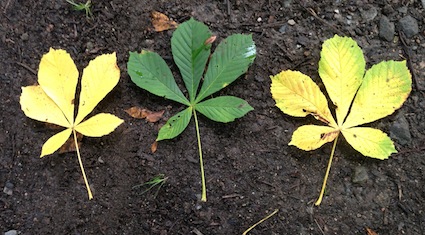
You often find the leaves of buttercups are arranged in trios. If the leaves look a bit odd below, it’s because I placed them face down to stop them blowing away. The compound leaves are in groups of 3. 4 leaves x 3 leaflets = 12.
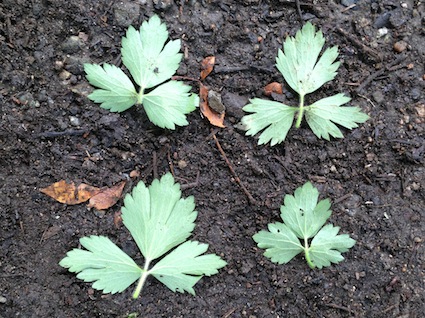
Ash leaves are more variable. However I managed to acquire a nice collection of leaves with 9 leaflets. 3×9=27.
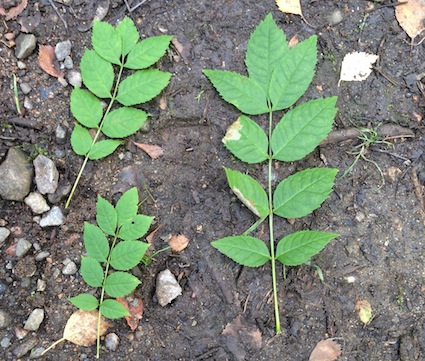
Scot’s pine needles always grow in pairs (pine = pairs). 2×10 needles = 20.
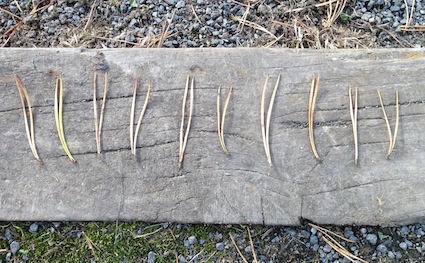
For the very able mathematicians in your class, perhaps they would like to create multiplication sums for bracken fronds…
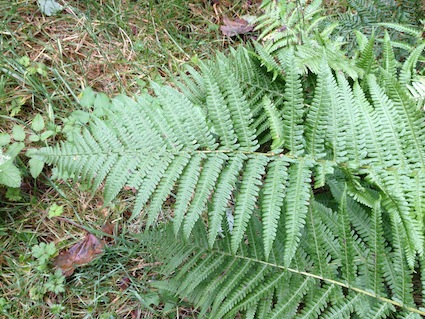
I think there’s lots of possibilities here. Can your class find compound leaves to represent all the multiplication tables from 2 to 10? Can they each create a sum, then have a competition to see who can solve all the sums the quickest? What challenges spring to your mind?
This updated blog post first appeared in October 2013.




















Trackbacks/Pingbacks